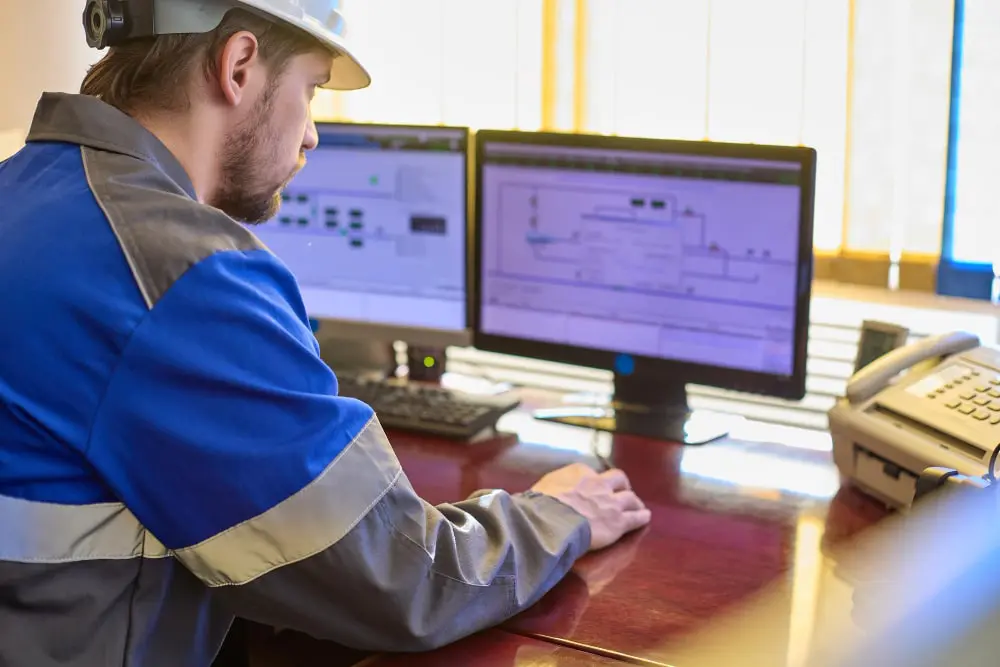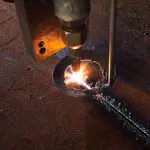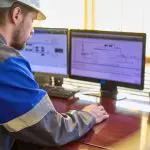Welding has evolved with the integration of advanced technologies in Industry 4.0. Automation, artificial intelligence, and data analytics have enhanced the precision and efficiency of welding processes.
What is Welding in Industry 4.0?
Industry 4.0 combines connectivity, automation, and real-time data analysis. In welding, this means systems that automatically adjust parameters, monitor performance, and predict potential failures before they occur.
These new technologies improve product quality and reduce waste in manufacturing processes.
Key Advances in Welding for Industry 4.0
The development of new tools and systems has changed how welding is performed. Notable advances include:
Robotic Welding
Welding robots have improved precision and repeatability in sectors like automotive and construction. These systems can be programmed to perform complex welds with minimal human intervention.
Predictive Analytics
AI enables real-time analysis of data to detect deviations in weld quality. This helps prevent defects and optimize equipment adjustments.
Advanced Sensors
Welding equipment sensors measure variables such as temperature, voltage, and deposition rate. This data enhances precision and reduces errors in the process.
Augmented Reality
Some solutions use AR to train operators in virtual environments before welding real parts. This reduces error margins and speeds up training.
Cloud Integration
Cloud-based data storage and analysis enable real-time quality control. Supervisors can monitor welding performance remotely and make informed decisions.
Benefits of Welding 4.0
The implementation of these welding technologies brings advantages that directly impact production and competitiveness.
Greater Precision and Quality
Automated systems reduce error margins and ensure each weld meets required standards.
Cost Reduction
Less material waste and fewer reworks lower production costs.
Improved Safety
Automation minimizes operator exposure to high-risk environments, reducing accident likelihood.
Maintenance Optimization
Predictive maintenance detects failures before they occur, avoiding unexpected downtime and extending equipment life.
Applications of Welding in Industry 4.0
Various sectors have adopted these advances to improve their manufacturing processes.
Automotive
Robotic welding is used in chassis and structural component manufacturing, ensuring precision and consistency.
Aerospace
This sector demands high quality standards. Real-time data analysis helps ensure weld joint integrity.
Construction
Metal structures in bridges and buildings require strong welds. Industry 4.0 enhances efficiency in fabrication and assembly.
Metallurgical Industry
Process optimization reduces waste and improves weld consistency.
Challenges in Implementing Welding 4.0
Despite the benefits, adopting these technologies poses challenges that companies must consider.
Initial Investment
Upgrading equipment and systems requires a significant investment. Long-term benefits offset the initial cost.
Integration with Traditional Processes
Many factories operate with non-connected equipment. Infrastructure must be adapted to take full advantage of Industry 4.0.
Staff Training
Operators must be trained to handle new technologies and maximize their potential in welding processes.
Technological advances in welding have transformed manufacturing in Industry 4.0. Automation, predictive analytics, and connectivity enhance quality, reduce costs, and optimize maintenance.
Companies adopting these solutions increase competitiveness and ensure more efficient and safer production processes.






